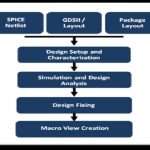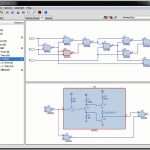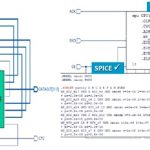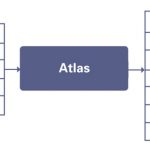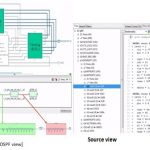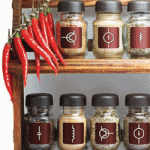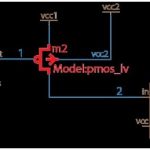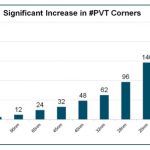Mentor Graphics acquired Berkeley Design Automation this morning. The details of the deal were unannounced. This is a strong move by Mentor to challenge Cadence and Synopsys in the nanometer analog/mixed-signal market and nanometer memory characterization market, respectively. Mentor not only acquires the technology and… Read More
Tag: spice
Xilinx & Apache Team up for FPGA Reliability at 20nm
In this age of SoCs with hundreds of IPs from different sources integrated together and working at high operating frequencies, FPGA designers are hard pressed keeping up the chip reliability from issues arising out of excessive static & dynamic IR drop, power & ground noise, electro migration and so on. While the IPs are… Read More
Mark your Date for Semiconductor Design Vision
A very popular acronym is ‘WYSIWYG’ – What You See Is What You Get! This is very true and is important to visualize things to make it better in various aspects such as aesthetics, compactness, organization, structure, understandable for correction and so on; the most important, in case of semiconductor design, is being able to identify… Read More
Mixed-Signal SoC Debugging & IP Integration Made Easy
A semiconductor SoC design can have multiple components at different levels of abstractions from different sources and in different languages. While designing an SoC, IPs at different levels have to be integrated without losing the overall design goals. Of course, quality of an IP inside and outside of an SoC must be tested thoroughly.… Read More
Before SPICE Circuit Simulation Comes TCAD Tools
I’ve run SPICE circuit simulators since the 1970’s and they use transistor models where the device parameters are provided by the foundry. These transistor and interconnect parameters come from an engineer at the foundry who has characterized silicon with actual measurements or by running a TCAD (Technology CAD)… Read More
Parasitic Debugging in Complex Design – How Easy?
When we talk about parasitic, we talk about post layout design further expanded in terms of electrical components such as resistances and capacitances. In the semiconductor design environment where multiple parts of a design from different sources are assembled together into highly complex, high density SoC, imagine how complex… Read More
What Makes A Designer’s Day? A Bottleneck Solved!
In an environment of SoCs with tough targets of multiple functionalities, smallest size, lowest power and fastest performance to achieve within a limited design cycle window in order to meet the rigid time-to-market requirements, any day spent without success becomes very frustrating for a designer. Especially during tape-out… Read More
SPICE Development Roadmap 2013!
The MOS-AK/GSA Modeling Working Group, a global compact modeling standardization forum, delivered its annual autumn compact modeling workshop on Sept. 20, 2013 as an integral part of the ESSDERC/ESSCIRC Conference in Bucharest (RO). The event received full sponsorship from leading industrial partners including Agilent… Read More
How to Simplify Complexities in Power Verification?
With multiple functionalities added into a single chip, be it a SoC or an ASIC, maintaining low power consumption has become critical for any design. Various techniques at the technology as well as design level are employed to accomplish the low power target. These include thinner oxides in transistors, different sections of … Read More
Spectre from Cadence Goes FastSPICE
Transistor-level circuit designers have an insatiable appetite to run numerous SPICE circuit simulations in order to determine circuit speed, current and power across Process, Voltage and Temperature (PVT) conditions. Just look at the number of PVT corners increasing as the technology nodes go to 16nm:
The good news today … Read More



